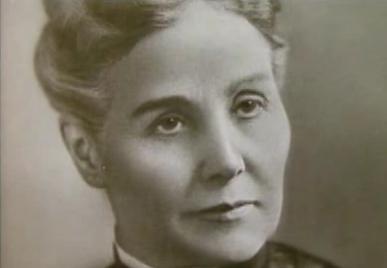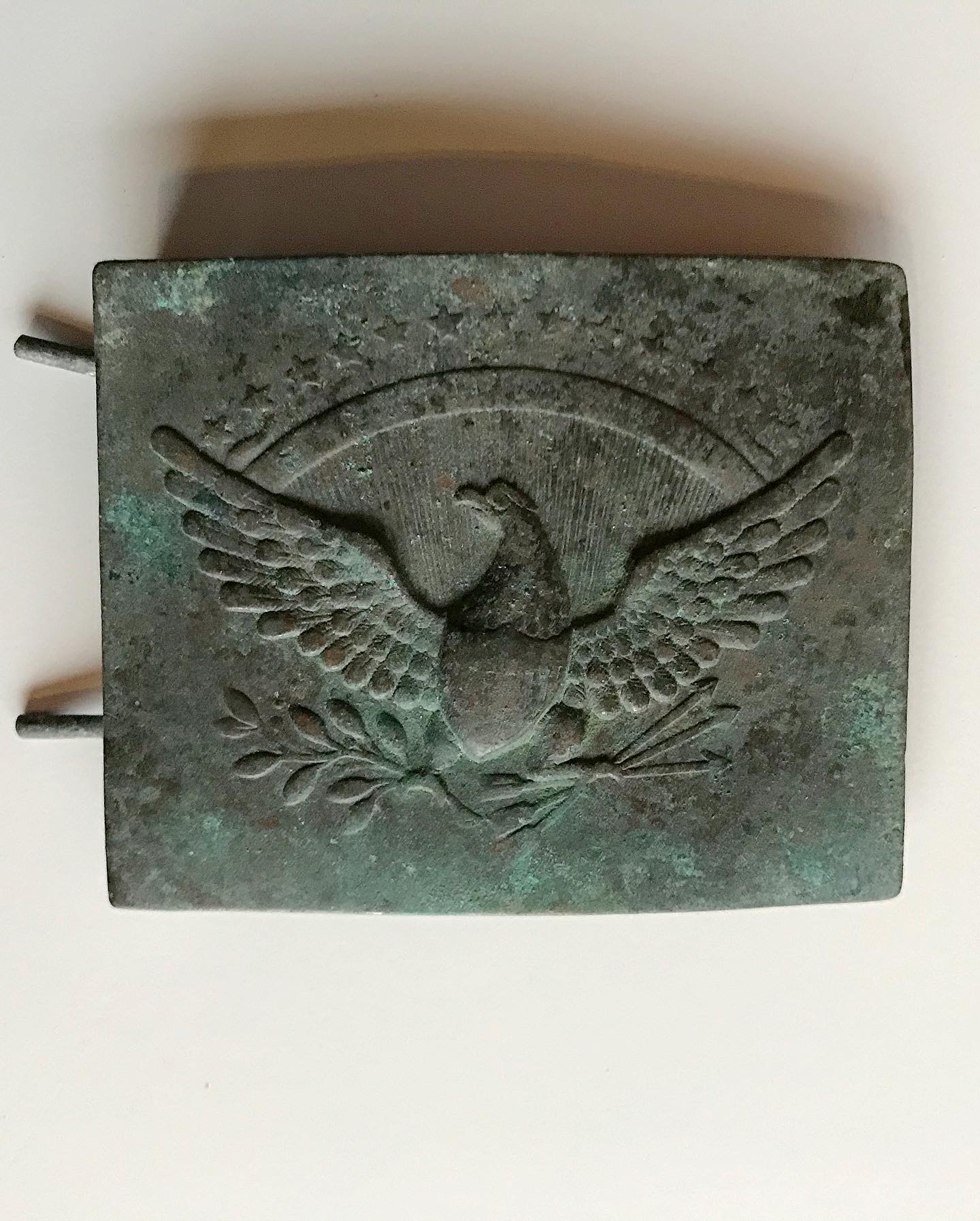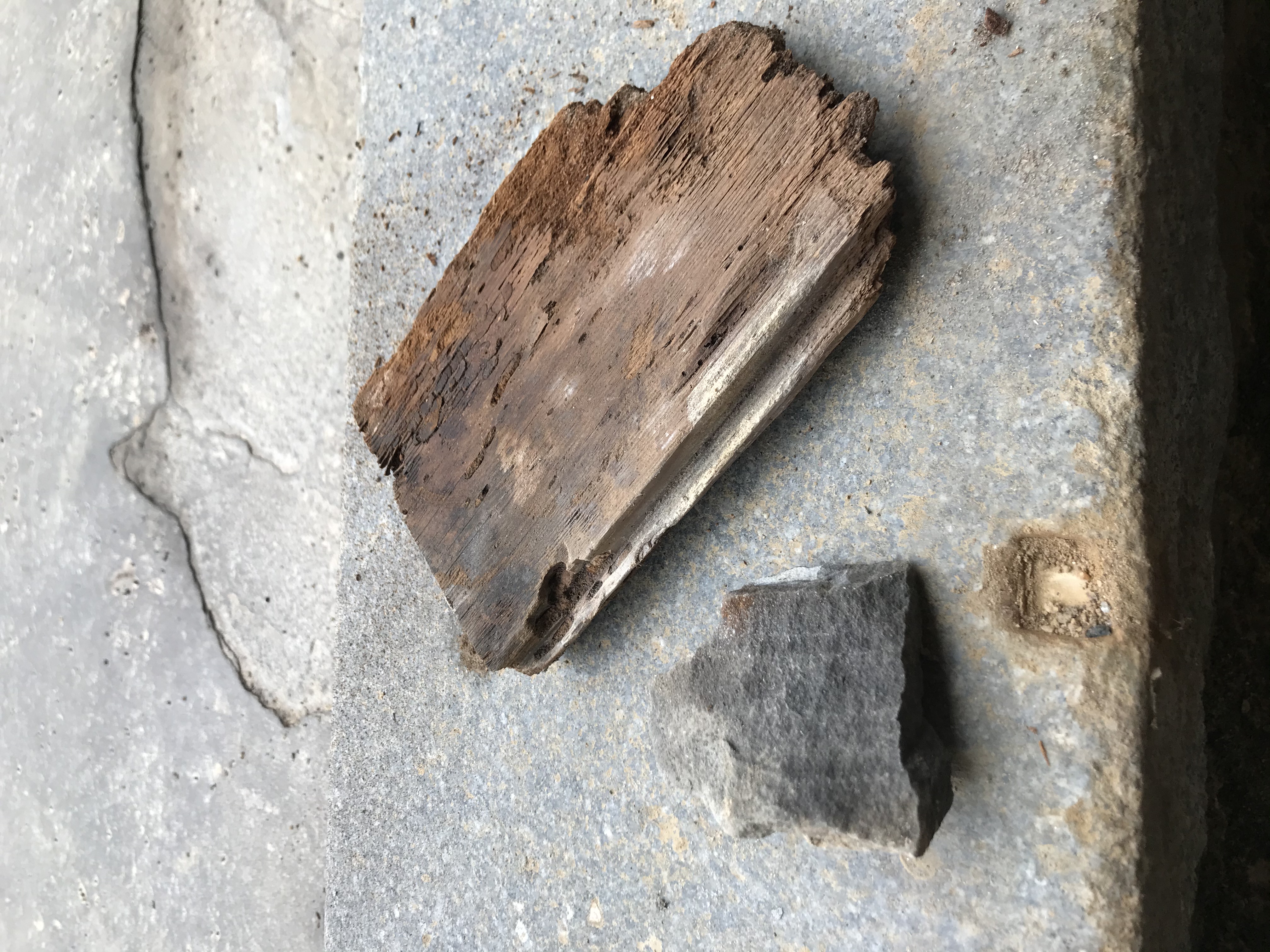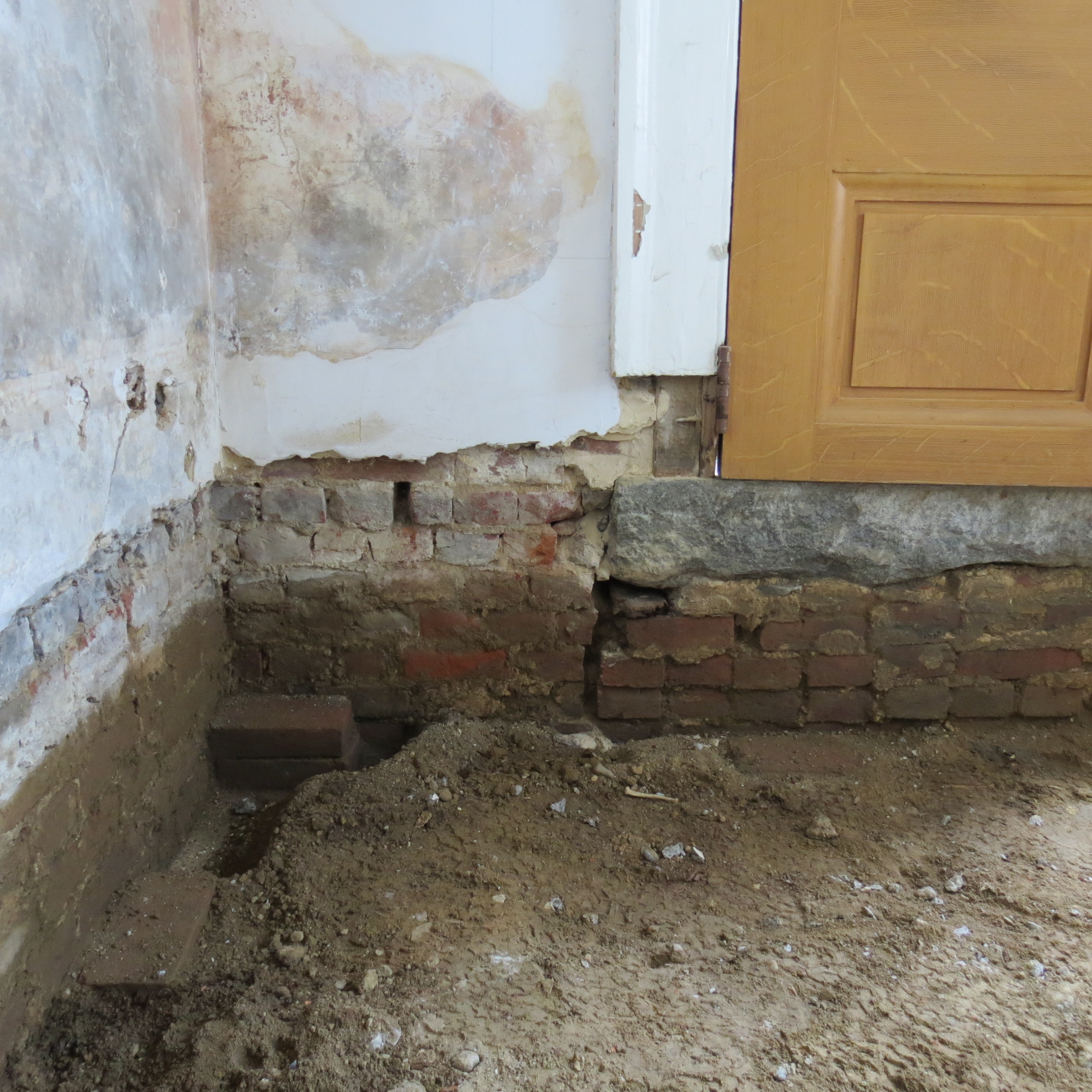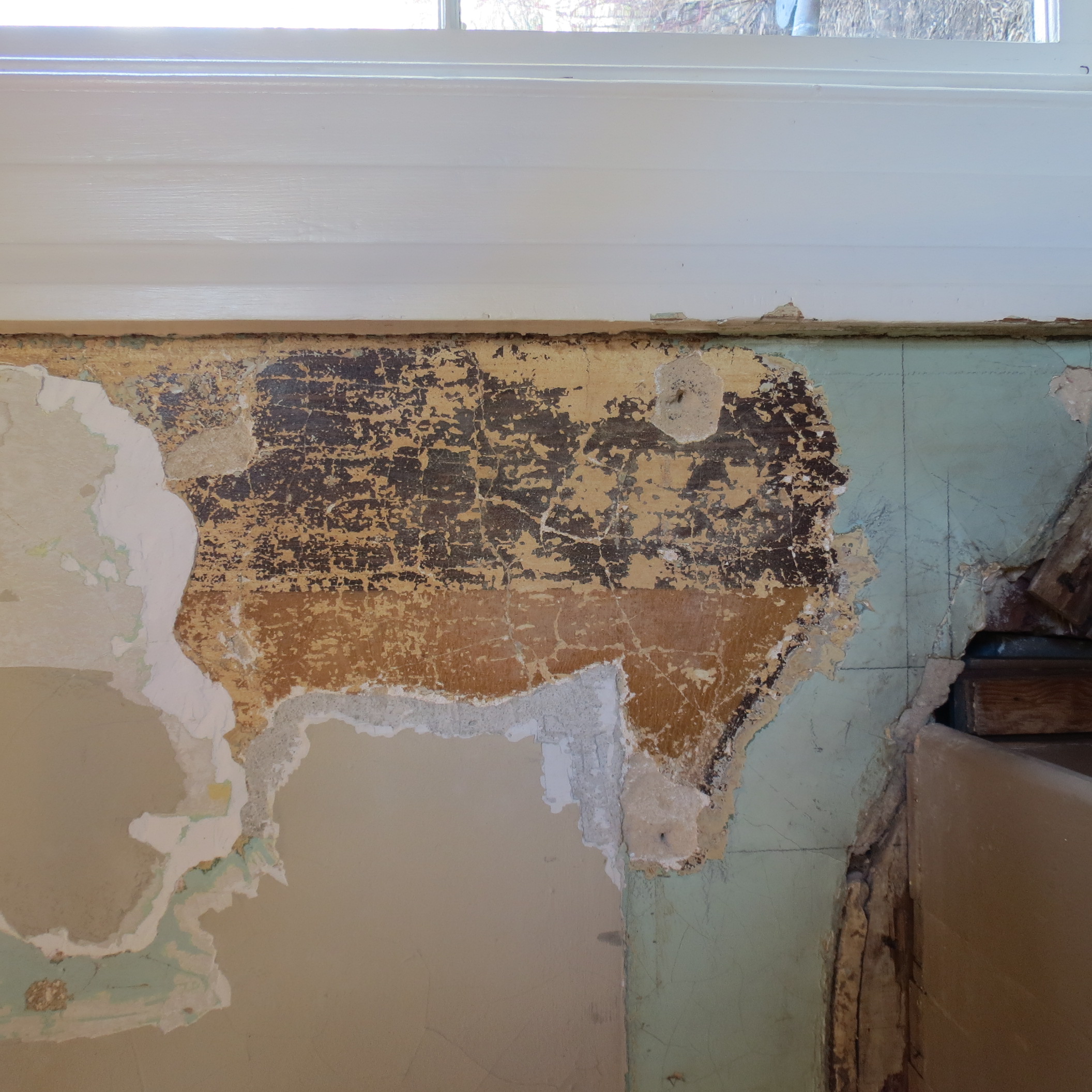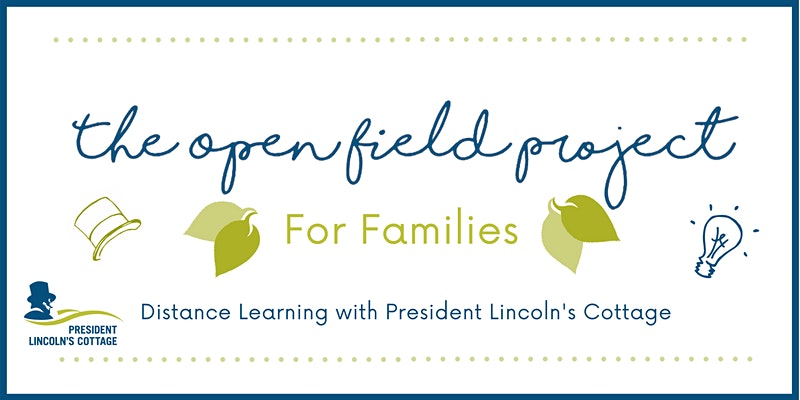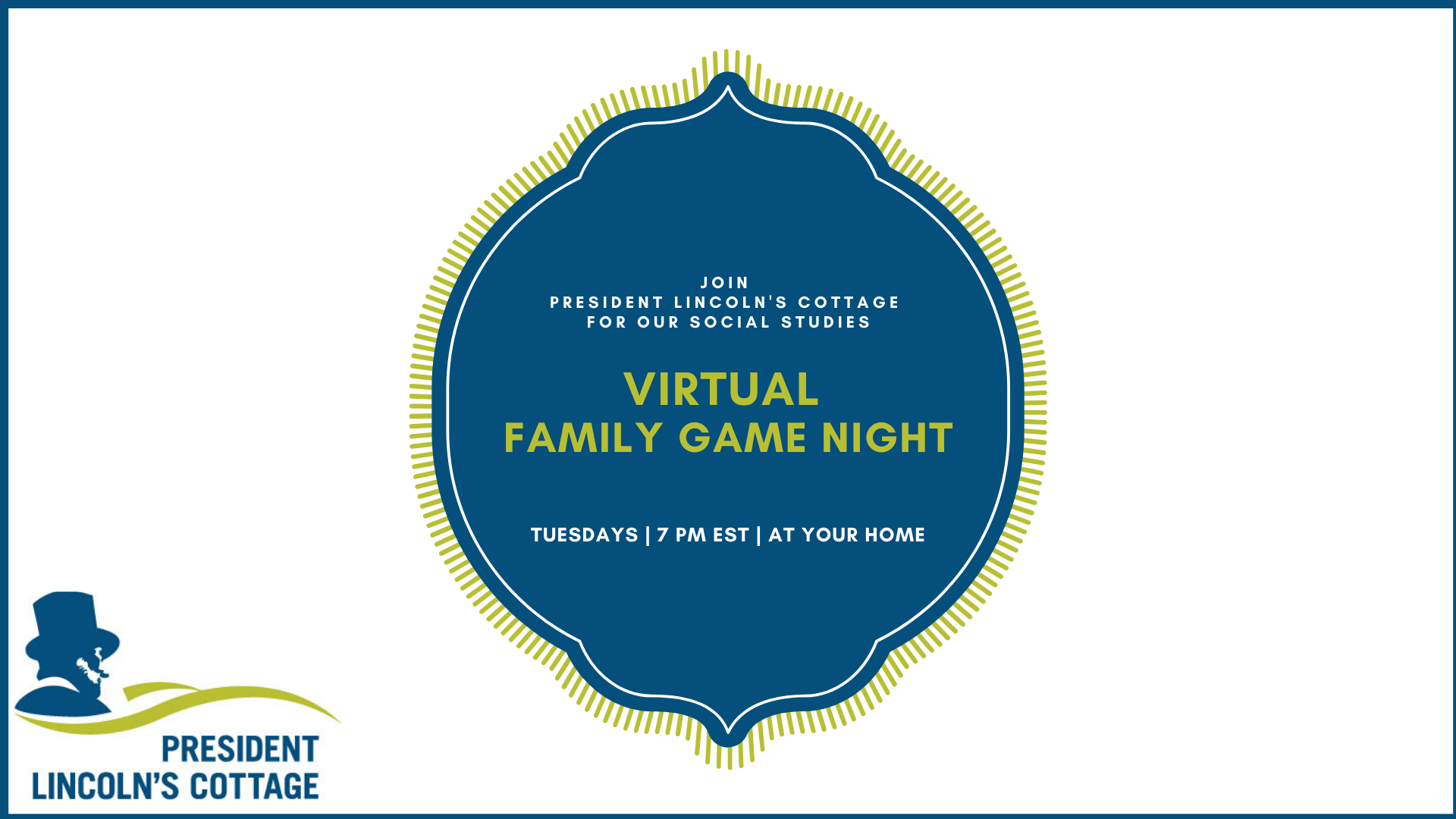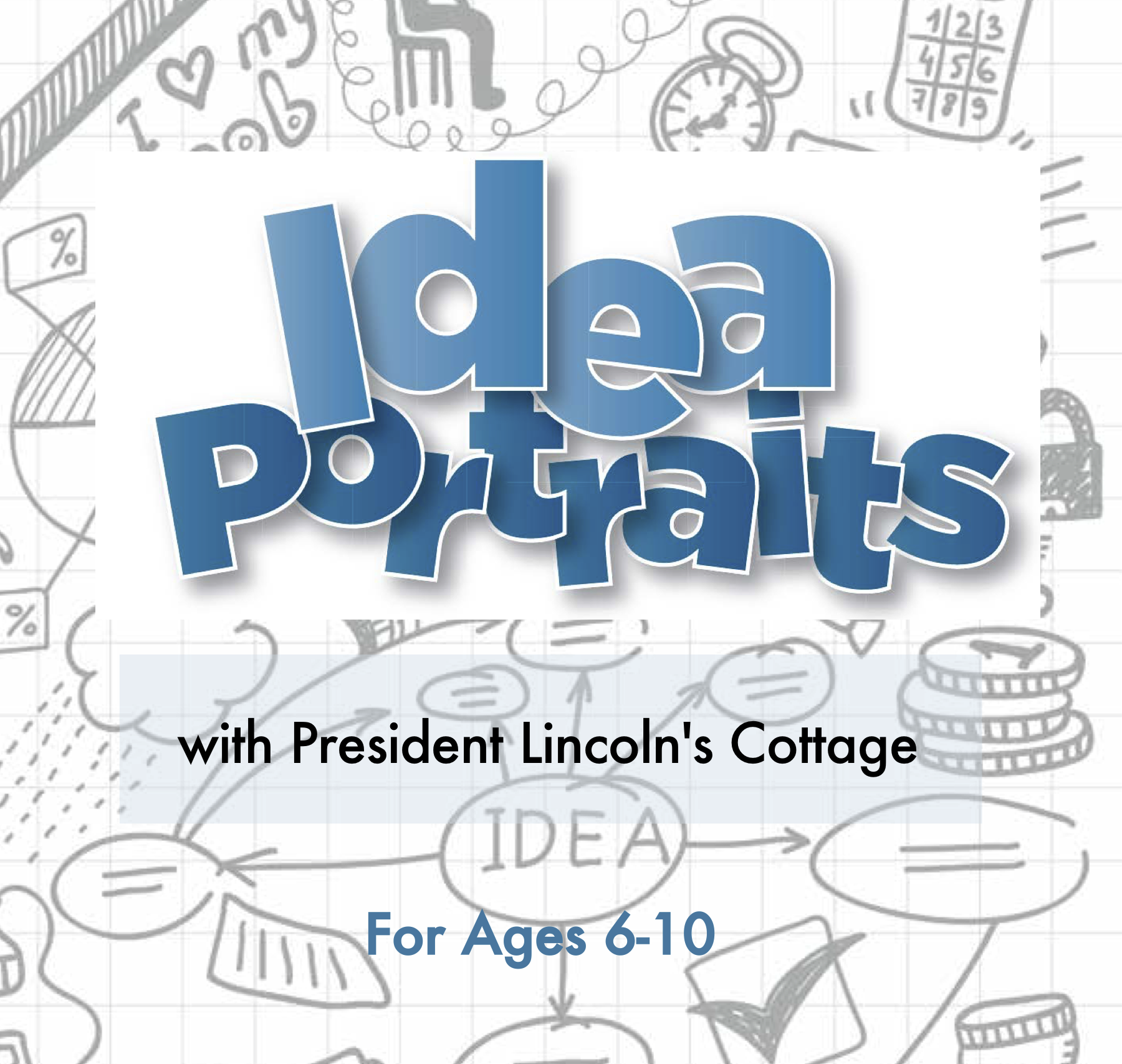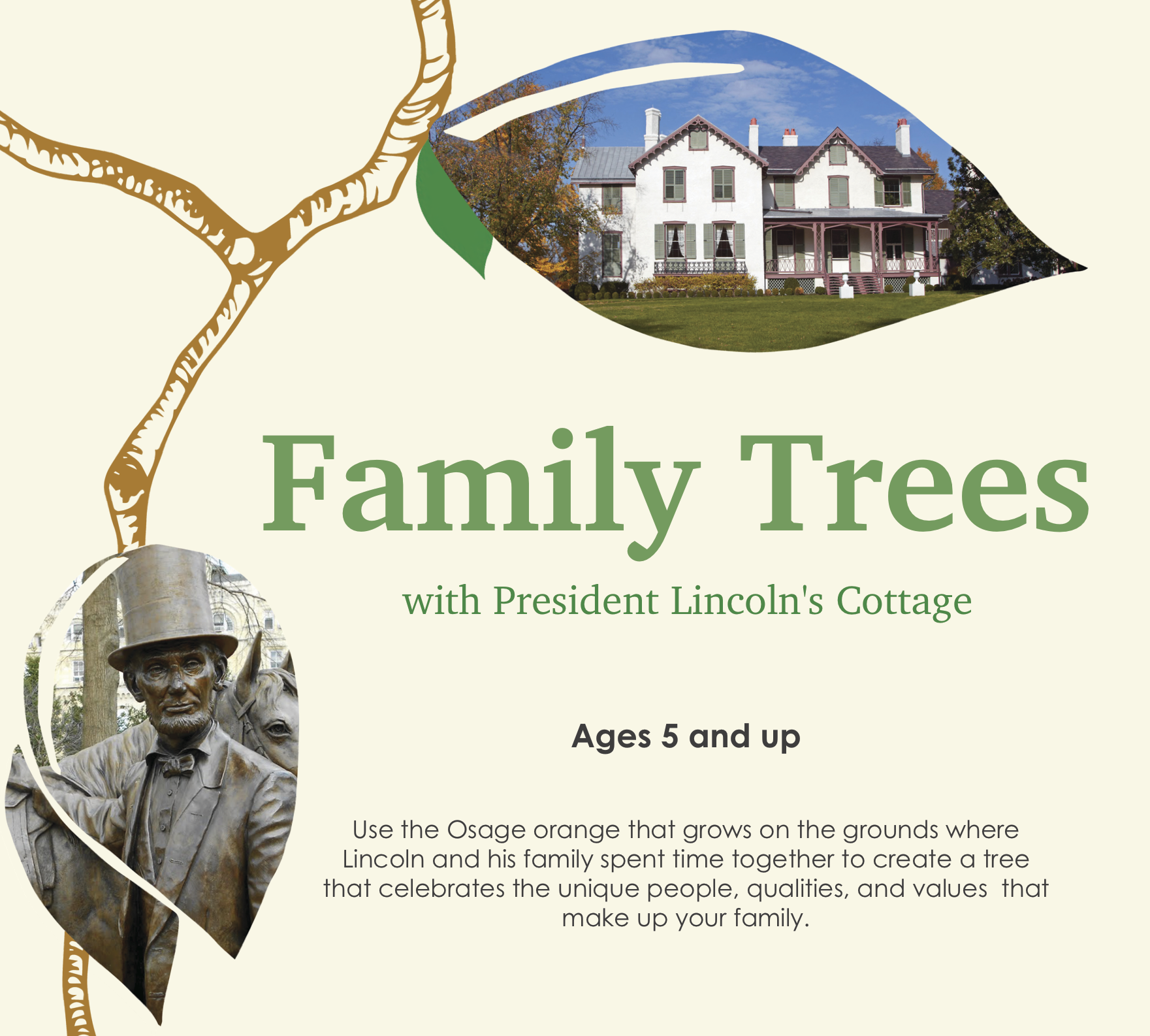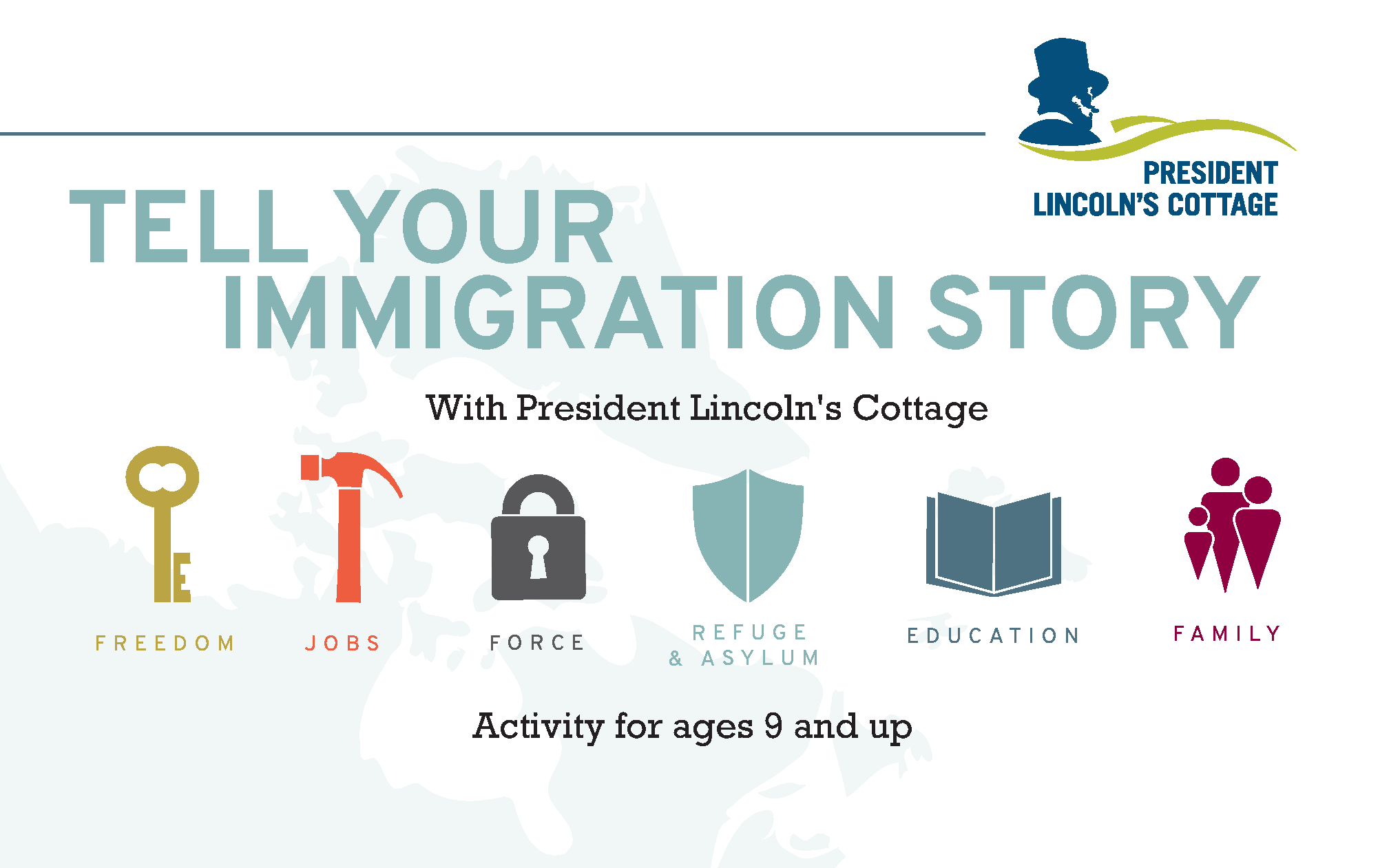DIRECTOR’S LETTER
Dear Friends,
Emphasizing the value of understanding history in all we do is one of our four tenets at President Lincoln’s Cottage. In a major crisis, history offers invaluable lessons even for new contexts and times. On this day in 1864, President Lincoln was receiving reports on the Wilderness Campaign. Lt General Grant asked a reporter to convey to President Lincoln that, “whatever happens there will be no turning back.” Consider the tremendous uncertainty and human toll the war had already taken in the preceding years. Then consider what Grant was signaling with those words to his Commander in Chief and what we know came after that. It takes your breath away–and it’s a reminder to breathe.
The National Monument has now been closed now for eight weeks and will continue to be closed for the foreseeable future. While our team has done incredible work to protect and preserve the historic site and to adapt our programming to meet new needs, there is still tremendous uncertainty about what lies ahead and what resources will be available to retain our expert team and carry out our mission going forward. Thank you to those who have given and to those who have responded to other calls to action, including completing the survey we shared two weeks ago.
We appreciate your support, and we need your support. It is vital that we work to protect this National Monument, and President Lincoln’s powerful leadership and ideas, together.
With appreciation,
-Erin
A Brief History of Mother’s Day
By Blake Harris
This coming weekend, our country will honor mothers on Mother’s Day. The holiday can be a day of joy. But it is often punctuated by sorrow. This year, many will long to celebrate the holiday with loved ones they are unable to visit due to the current pandemic. Some will remember mothers they have lost. And other mothers will grieve the shattering loss of a child. The experience of loss on Mother’s Day can feel isolating. Actually, it was out of this experience – of grieving mothers – that Mother’s Day has its roots.
In the late 1850s, Ann Jarvis, widely considered the ‘mother’ of Mother’s Day, established Mother’s Work Day, a day dedicated to teaching mothers how to better prepare food and clean so as to prevent disease. This mission was driven by personal experience, as seven of her eleven children died before adulthood. Though personal, this experience was anything but unique in a time before vaccines and a widespread understanding of germ theory.
Jarivs’ work took on new meaning during the Civil War. Her home was in close proximity to a major battlefield and the county was flooded with wounded Confederate and Union soldiers. She organized groups of mothers to visit the wounded and ailing of both Union and Confederate loyalty, tending to their injuries and instructing soldiers and camp staff about basic sanitation strategies. Jarvis was not only concerned with the well-being of the young soldiers and sons, but also with that of a post-war, unified, country.
The carnage of the war spurred women, like Jarvis, around the country to find ways to help where they could. After the war, Julia Ward Howe, helped to reshape what Mother’s Day could mean. As a volunteer for the United States Sanitary Commission during the Civil War, she helped alleviate the effects of disease and injury. After the War, Julia wrote her “Appeal to womanhood throughout the world”, later the “Mother’s Day Proclamation”, which attempted to unite women around the world together to bring about a lasting peace:
Our sons shall not be taken from us to unlearn all that we have been able to teach them of charity, mercy, and patience. We, women of one country, will be too tender of those of another country, to allow our sons to be trained to injure theirs.
Mother’s Day continued to be celebrated as a movement for peace, but was only celebrated at local levels until the turn of the century. In 1908, Anna Jarvis, daughter of the aforementioned Ann Jarvis, began to campaign to make Mother’s Day a federally recognized day in honor of her mother who had died in 1905. The first nationally celebrated Mother’s Day was in May of 1914. But what had been a day dedicated first to cleanliness and later to peace was again repurposed, this time to celebrate mothers themselves.
As we celebrate the devoted and loving mothers in our lives, we think back to the origins of the holiday and remember the goals of the mothers who began this tradition: to keep their children safe, prevent the spread of disease, to reduce suffering, and to work for peace. Today we share these goals, and wish you all a Mother’s Day full of love, peace and remembrance.
*Since opening to the public, staff at President Lincoln’s Cottage has spent time thinking about the nature and patterns of grief. The Lincoln family initially came to the Cottage after the death of their son, Willie, in part to find the space and quiet to grieve privately. To honor the Cottage as a place of healing, we are planning an upcoming exhibit on grief and child loss so that modern families may also use this space to reflect and connect with the past. Please click here for more information on this upcoming exhibit and ways that you can help support this important work
Jeff’s Top Five Discoveries during the Vestibule Restoration Project
Recent efforts by our Senior Preservationist, Jeff Larry, to restore the Cottage vestibule have led to some interesting discoveries that have helped us understand how the vestibule may have looked during Lincoln’s time. May is Preservation Month and for this newsletter Jeff has put together his top five list of vestibule discoveries:
1.Doorbell Pulley
Hidden behind a panel on the door trim was a sash pulley that had been retrofitted to be used as part of a doorbell system. A visitor could announce their arrival by pulling a knob on the other side of the wall. The knob was attached to a wire which ran over the pulley and inside a metal tube down to the basement where a long lost bell would notify servants living or working in the basement that someone was at the door. 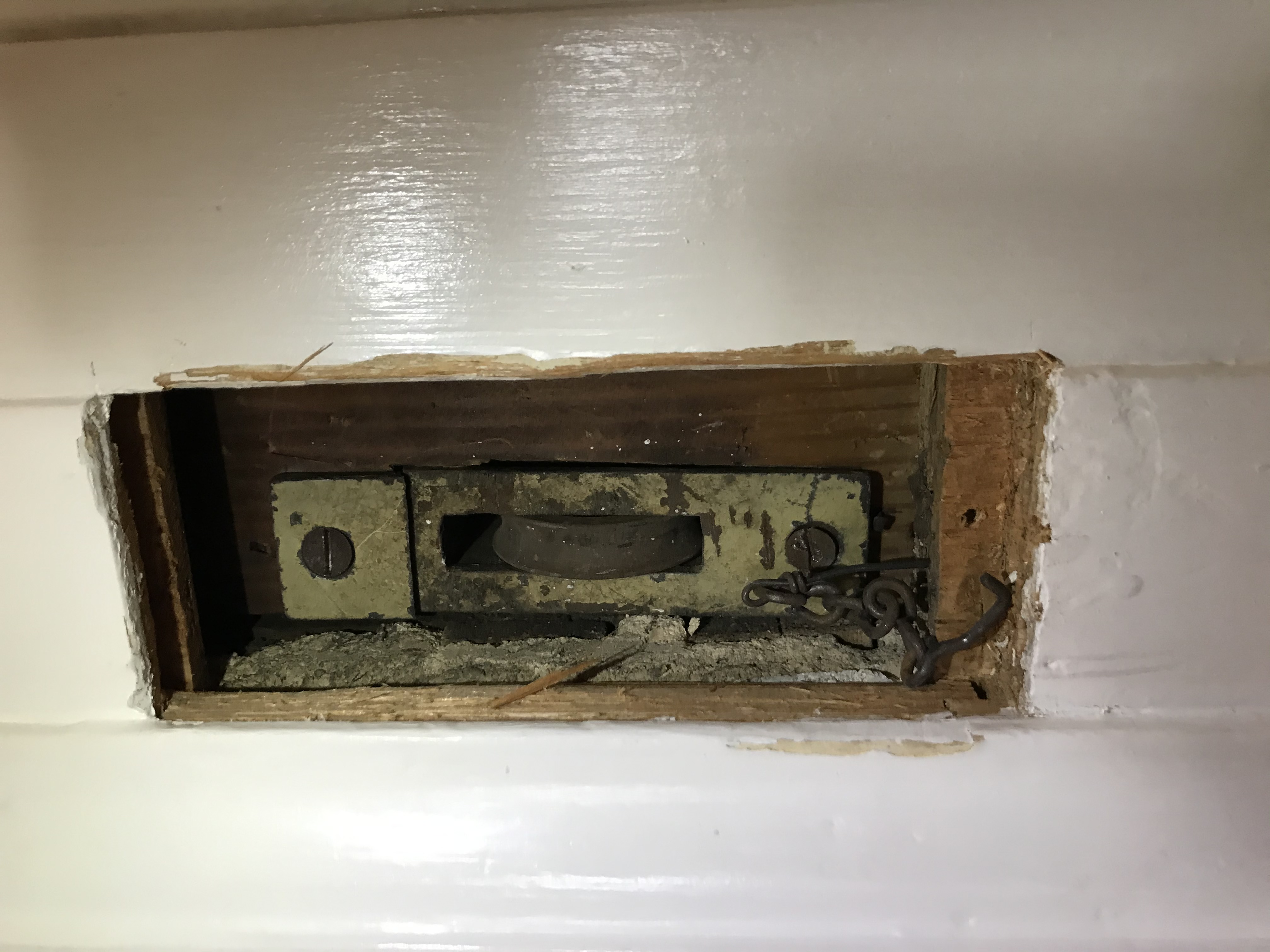
2. Waist Belt Plate
Discovered while excavating along the foundation beneath the vestibule stairs this brass waist belt plate (belt buckle) dates from 1815-1825! It’s not unusual for job site trash and debris to be used as backfill when refilling the trench that was dug to build the foundation. However, this waist belt plate appears perfectly intact so it is a bit of a mystery how it ended up in the ground over the summer of 1842!
3. Original Flooring & Threshbold
We knew of course that the concrete floor at the base of the vestibule stairs was not from Lincoln’s time. It was most likely installed in the late 19th/early 20th century. What we didn’t know was what type of flooring was there originally until we removed the concrete floor in early April. We found clear evidence of a wood framing system and pieces of the original tongue and groove flooring! We also discovered remnants of bluestone which most likely came from the original threshold.
4. Original Threshold
Note the different brickwork below the granite threshold. This was the location of the original bluestone threshold. The bricks were added when the new granite threshold and concrete floor were installed. This effectively raised the entire floor about 8”. That is why the bottom rail of the door looks so short – it was cut when the floor was raised!
5. Graining Exposure
Though we knew by the faded paint remnants discovered on the vestibule walls in 2007 that the decorative painting was meant to imitate wainscot (wood paneling), we didn’t know what type of wood was being portrayed until a conservator performed an exposure in 2014 (an exposure is when you carefully remove the layers of paint until you expose the historic layer you are trying to learn more about). We learned that the rails and stiles of the wainscot imitated walnut (the darker color) and the center panel was painted to look like white oak (yellow/orange area). Unfortunately the 2014 exposure did not clearly show the painted grain lines which is important if we want to replicate the style of the grainer. This picture shows an exposure that Jeff did back in January that confirms the types of wood, the lower rail of the painted wainscot curved with the stairs and, most importantly, a sufficient amount of grain lines to allow for a faithful reproduction!
Upcoming Virtual Programs to Heal and Connect
Please register at the links below and spread the word.
Grow an Idea Garden with Loncoln’s Cottage:
- Saturday, May 30th, 10:30-11:30am
- Register by Monday, May 18th by 5pm. Register here.
In this special edition of the Open Field Project, families bring Lincoln’s work into their own homes, plant a mini idea garden with the seeds of their ideas, and can tend this open field going forward as a reminder of the ongoing work necessary to make change.
Virtual Family Game Nights
- Tuesday, May 5th, 7pm
- Tuesday, May 12th, 7pm
- Tuesday, May 19, 7pm
- Tuesday, May 26, 7pm
Could you use a belly laugh right now? Join us every Tuesday for some rollicking family fun developed with our friends at Game Genius. Each week brings a new game that puts household objects to use in new and creative ways. Hilarity runs high, and you learn about Lincoln to boot!
Store Spotlight: The Lincoln Slipper
“The Lincoln” slipper developed in partnership with luxury slipper purveyor Stubbs and Wootton are sold exclusively through our store. These custom-made slippers, featuring an embroidered animal motif, are inspired by Lincoln’s own pair of slippers Click here for more information on the slippers and to place your custom order.
Click here for a recent article in GW magazine on the original Lincoln slipper and what it says about Lincoln the man.
Printable Lesson Plans from Lincoln’s Cottage in honor of Teacher Appreciation Week
Idea Portraits (ages 6-10)
Inspired by Lincoln’s use of the Cottage as a place to develop big ideas, students create self-portraits to document their own idea-generation process and the ideas floating around in their heads. Download here.
Family Trees (ages 5 and up)
Using an illustration of the Osage orange tree that grows adjacent to the Cottage, students create a family tree that celebrates the many people, values, and qualities that make up their family. Download here.
Tell Your Immigration Story (ages 9 and up)
Lincoln recognized as immigrants as one of America’s greatest resources, and believed in America’s founding promises offering them a chance to succeed. In this activity, students research and trace their family’s immigration journey to the United States and reflect on what it means to be American. Download here.
For more information, please visit our Digital Learning page.
President Lincoln’s Cottage in the News
- The GW Magazine featured an article on Lincoln’s carpet slippers, currently on display at the Cottage, as a window into his presidential mindset.
- Petworth News published a guest piece by our CEO Erin Mast on how the Cottage has found strength in the Petworth community during the COVID-19 crisis.
- The Washington Post Going Out Guide noted that a visit to President Lincoln’s Cottage as part of artist Nekisha Durret’s D.C. Dream Day
- The Conversation, EconoTimes, and The Milwaulkee Independent posted the same article on crisis leadership that discusses Lincoln’s commute to and from the Cottage.
SUPPORT PRESIDENT LINCOLN’S COTTAGE
Support our educational programs, preservation efforts and public events by making a contribution to President Lincoln’s Cottage. Donate online today.



